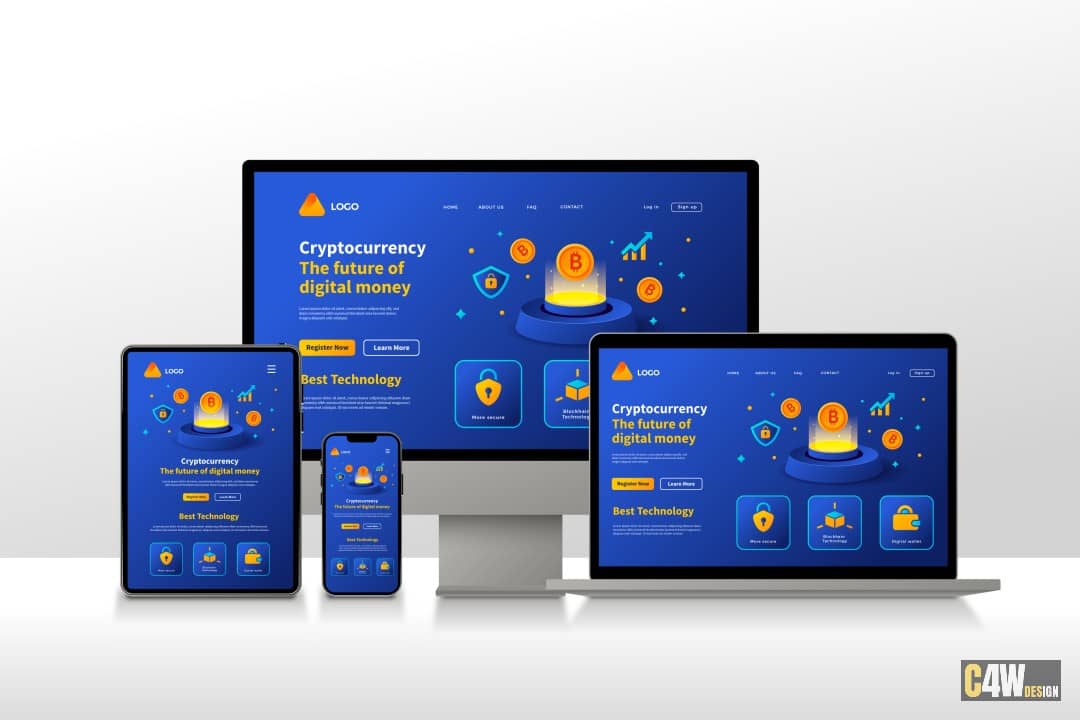
The Importance of Responsive Web Design in 2024
In today’s digital landscape, a responsive web design is no longer optional; it’s a necessity. With the rapid increase in mobile device usage, ensuring your website adapts seamlessly to various screen sizes is crucial for maintaining a competitive edge.
Why Responsive Web Design Matters?
Responsive web design ensures your site provides an optimal viewing experience across a wide range of devices, from desktop monitors to mobile phones. Here are key reasons why it matters:
Enhanced User Experience: A responsive design automatically adjusts to the user’s device, providing an intuitive and satisfying browsing experience. This can reduce bounce rates and increase the time visitors spend on your site.
SEO Benefits: Google favors mobile-friendly websites in its search rankings. By investing in responsive design, you improve your chances of appearing higher in search results, thus driving more organic traffic to your site. For more on boosting your site’s visibility, check out our post on SEO Tips: Boosting Your Website’s Visibility.
Cost-Effective: Maintaining separate websites for mobile and desktop users can be costly and time-consuming. A responsive design means you only need one site, which is easier to manage and update.
Future-Proofing: As new devices with varying screen sizes enter the market, a responsive website will continue to provide a consistent user experience, saving you from frequent redesigns.

Some Key Elements of Responsive Web Design
⦿ Fluid Grid Layouts: Use flexible grids that use relative units like percentages instead of fixed units like pixels. This allows your website to resize smoothly on any screen.
⦿ Flexible Images: Ensure images scale with the layout to prevent them from displaying outside their containing element.
⦿ Media Queries: Implement CSS media queries to apply different styles based on the device characteristics, such as screen width, height, and orientation.
⦿ Touch-Friendly Navigation: Optimize your navigation to be easily accessible on touchscreens. Large, easily tappable buttons and a simplified menu structure can enhance mobile usability.
⦿ Accessible Design: Incorporate accessibility features to ensure your website is usable by people with disabilities.
These key elements are foundational for creating a responsive website that not only looks great on all devices but also offers an optimal user experience.
The Impact on Your Brand:
A well-designed responsive website can significantly elevate your brand, making it more accessible and engaging to a broader audience. It also positions your business as modern and user-centric, which can foster greater trust and loyalty among your customers.

In conclusion, the importance of responsive web design cannot be overstated. As we move further into 2024, businesses must adapt to the evolving digital environment to stay relevant and competitive. For a deeper dive into creating a user-friendly e-commerce website, understanding the role of content writing in SEO, or exploring future digital marketing strategies, keep an eye on our upcoming posts.


